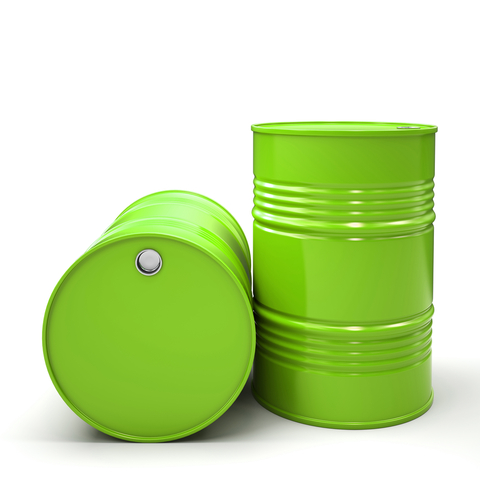 |
Under the Spill, Prevention, Control and Countermeasure (SPCC) rule, Tier II are allowed to consider “environmentally equivalent” approaches to storage container inspection and testing, when deemed by the certifying PE to be “more appropriate or cost effective” than industry standards or a requirement in the SPCC rule.
According to the U.S. Environmental Protection Agency (EPA), in the context of the SPCC rule, “environmentally equivalent” means “an equal level of protection of navigable water and adjoining shorelines from oil pollution.” EPA further explains that this equivalent protection may be attained via a range of methods and practices and while it “need not be a mathematical equivalence, it must achieve the same desired outcome, though not necessarily through the same mode of operation.”
TRAC360 for SPCC provides all of the PE-written and reviewed templates that you need to create your facility-specific required plans, checklists, and training. See how it can solve your top compliance challenges.Find out.
The flexibility of using equivalent environmental protection practices to create a “site-specific” or “hybrid” inspection and testing program allows owners and operators to incorporate portions of industry standards and combine them with alternative good engineering practices as defined by their PE. The two primary industry standards, the American Petroleum Institute’s (API) Standard 653, “Tank Inspection, Repair, Alteration, and Reconstruction and the Steel Tank Institute’s (STI) “SP001 Standard for the Inspection of Aboveground Storage Tanks” (STI SP001) offer a basis for the plan but only Tier II qualified facilities are allowed to go beyond industry standard requirements to meet unique, site-specific needs.
When determining alternative or site-specific environmentally equivalent deviations from industry standards, owners and operators are also required to establish three things in their inspection and testing program:
1) The specific SPCC rule requirement that applies and the reason for deviating from that requirement
2) A detailed description of the alternate method that is a deviation for the rule or industry standard, and
3) How the equivalent environmental protection will be achieved.
The Ultimate SPCC Compliance Tool
TRAC360 for SPCC is a powerful application that simplifies compliance with EPA’s Spill Prevention, Control, and Countermeasure rule. Whether you need help creating your facility-specific SPCC plan, writing inspection checklists for your tanks, or training your oil-handling workforce, TRAC360 is there to help. Learn More.
Moreover, there are several sections of the SPCC rule that do not allow any deviation or alternatives. These include:
- Secondary containment,
- Administrative provisions of the rule,
- Rules for Tier I qualified facilities,
- Alternate measures for secondary containment based on impracticability or for oil-filled operational equipment that meet the criteria in §112.7(k),
- Recordkeeping requirements,
- Personnel training, and
- A discussion of conformance with any applicable, more stringent rules.
EPA also provides guidance for owners and operators with containers that are not covered by an industry standard. Although EPA contends that it is unlikely a container is not covered by any industry standard, if a PE or qualified facility owner/operator judges that no industry standard applies, they should first consider the container manufacturer’s specifications and instructions for use and maintenance. If those are not available, they may apply their own “professional experience and/or consult with tank inspection professionals to develop site specific inspection and testing requirements…in accordance with good engineering practices…”
In this case, if a PE chooses an environmentally equivalent method of compliance EPA does not require the PE to “provide and certify” that method, however, it must be described in the SPCC Plan (including an explanation of why industry standards do not apply and how the hybrid program meets the minimum requirements) and records of inspections must be kept for a minimum of three years.
